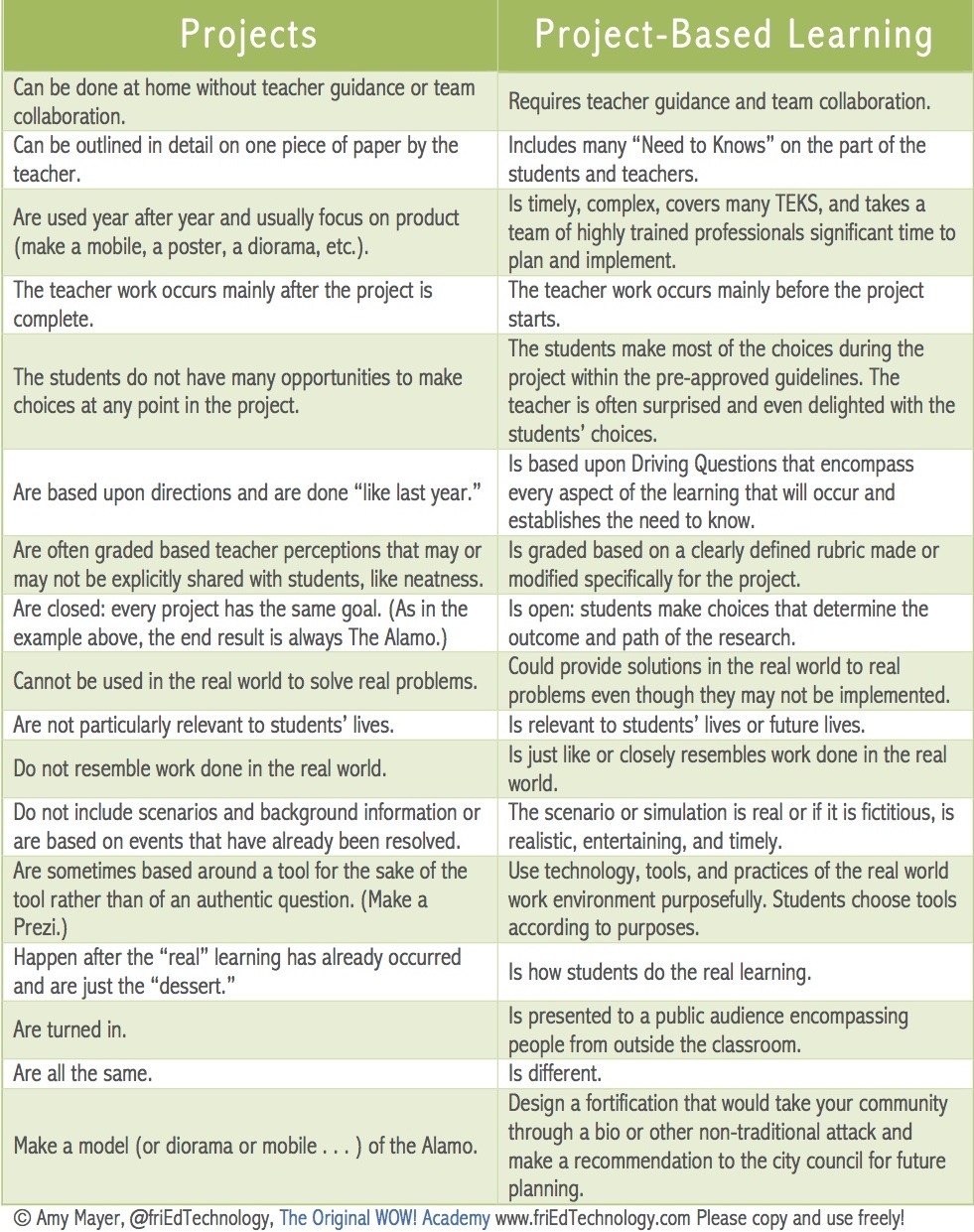‘Active’ Student Engagement Goes Beyond Class Behavior, Study Finds
Some warning signs are easy to spot: It’s well-established that the kid goofing off in the back of the classroom, who plays hooky and turns in homework late, is disengaged, and at a higher risk of falling behind and eventually dropping out of school. But where are the red flags for the student who sits quietly, answers when spoken to, and politely zones out?
A new study, published online in the journal Learning and Instruction, probes how more subtle facets of student engagement can be harder to flag, but just as critical for their long-term academic success.
“When we talk about student engagement, we tend to talk only about student behavior,” said lead author Ming-Te Wang, a Pittsburgh education psychology assistant professor, in a statement. But, Wang added, “that doesn’t tell us the whole story. Emotion and cognition are also very important.”
Researchers from the University of Pittsburgh and the University of Michigan tracked more than 1,000 mostly minority students from 23 public middle schools in a Maryland suburb of Washington. At the beginning of 7th grade and the end of 8th grade, the researchers interviewed the students about their school climate, such as the emotional support they felt from administrators, teachers, and other students, their ability to choose projects and teammates for class assignments, and whether they considered the material they learned relevant to their lives. Separately, the researchers assessed the students on three areas of school engagement:
- Behavioral engagement, including how often the student completed homework on time, followed school rules, and responded in class discussions;
- Emotional engagement, including whether the student felt interested in his or her class subjects and accepted in the school culture; and
- Cognitive engagement, including how well the student managed and monitored his or her own learning.
What works to improve students’ behavior only sometimes engages them emotionally and cognitively, the researchers found. Students who reported that their teachers set clear expectations and responded to them consistently were more likely to participate in class and feel connected with school. But a teacher’s emotional support didn’t directly affect students’ cognitive engagement with their coursework; rather, students were more likely to voice interest and take greater ownership of their learning when they considered what they were studying to be personally interesting and relevant.
Similarly, giving students more choices and control over their schoolwork did not improve their motivation or make them feel more academically competent unless the choices were aligned with the students’ personal interests. “Opportunities for decisionmaking or freedom of action are less important than the extent to which the decisionmaking and action opportunities available reflect personal goals, interests, or values,” the authors write. For example, the authors recommend that teachers might “explicitly illustrate and explain the relevance of tasks to the personal goals and interests of students when providing them with choices.”
Moreover, the researchers found different approaches effective for different types of students: “Usually people say, ‘Yes, autonomy is beneficial. We want to provide students with choices in school,’ This is the case for high achievers, but not low achievers,” Wang said. “Low achievers want more structure, more guidelines.”
The full article is scheduled to appear in the December 2013 print issue of Learning and Instruction.








